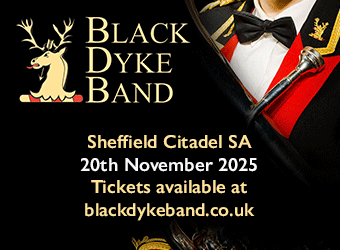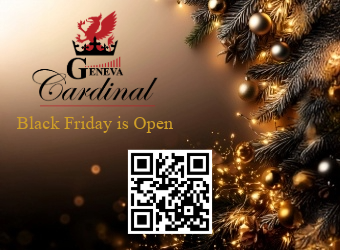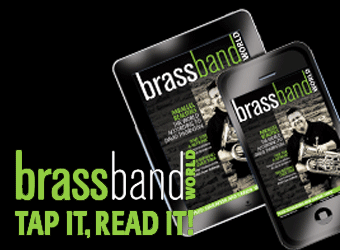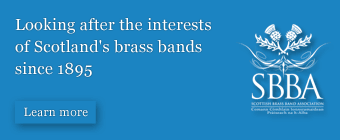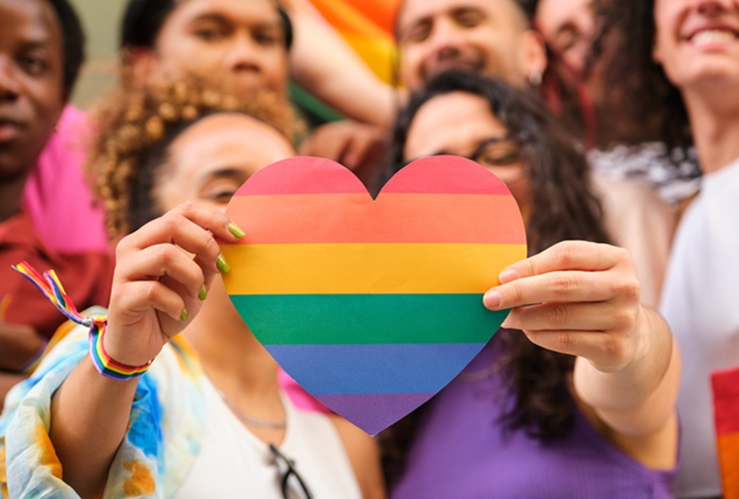
As 'Pride Month' began this June, I was happy to see that several bands had changed their social media profile pictures or made social media posts displaying its flag behind, or merged with the band’s logo to show solidarity with the LGBTQIA+ community.
It’s something that I couldn’t have imagined happening even five years ago, and the positive progress achieved within the banding movement over recent years has been marked.
Worldwide celebration
Pride is celebrated in June as it was the month when the seminal Stonewall riots took place in the USA in 1969 that changed gay rights for a huge number of people in the USA.
Pride is celebrated in June as it was the month when the seminal Stonewall riots took place in the USA in 1969 that changed gay rights for a huge number of people in the USA.
It is now celebrated across the world. Pride month is about acceptance, equality, celebrating the work of LGBTQ+ people, education in LGBTQ+ history and raising awareness of issues affecting the LGBTQ+ community.
It also calls for people to remember how damaging homophobia was and still can be.

A number of bands have shown their support of Pride Month
Profile meaning
In 2022 The Royal Mint commissioned a special 50p coin, whilst Pride marches and parades have become hugely important, inclusive celebrations.
However, when bands start posting pictures, for example, of their female members on International Women’s Day, we must start to ask, what exactly does changing a profile picture or making a social media post achieve for the community and people they are showing their support for.
Solidarity in support of the LGBTQIA+ community is directly comparable to what ‘exposure’ is to a musician.
Does simply posting on your social media platform as a band educate people about the issues still faced by the LGBTQIA+ community and why Pride is still an important protest movement to this day?
Important? Absolutely.
However, does it help create a catalyst for meaningful change for a community still fighting for acceptance and their rights?
Does simply posting on your social media platform as a band educate people about the issues still faced by the LGBTQIA+ community and why Pride is still an important protest movement to this day?
And does it give members of the LGBTQIA+ community a platform to talk about their own experiences in banding spaces, good or bad?
Perhaps not on its own.
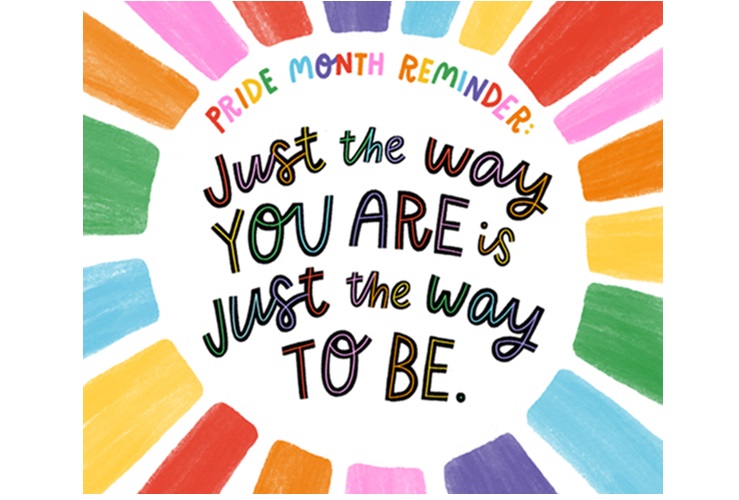
A colourful reminder...
12 things to do
I am sure any show of solidarity is heartfelt and genuine, but it also needs an additional proactive approach too.
So, here, in my opinion, is a non-exhaustive list of 12 things that bands and individuals could do to help address that further.
They range from the quick and easy, to ideas to keep in mind for next June that will help to raise up LGBTQIA+ voices and allow you to say with confidence that your band is doing its bit to support those facing challenges.
1. Quantify how your band supports/shows solidarity/creates a welcoming environment and tell your following about it.
Highlight which sections of your constitution/code of conduct facilitate a welcoming environment.
Are new members expected to undertake unconscious bias training?
Do you have a zero-tolerance policy towards intolerance, including outside of the band room environment?
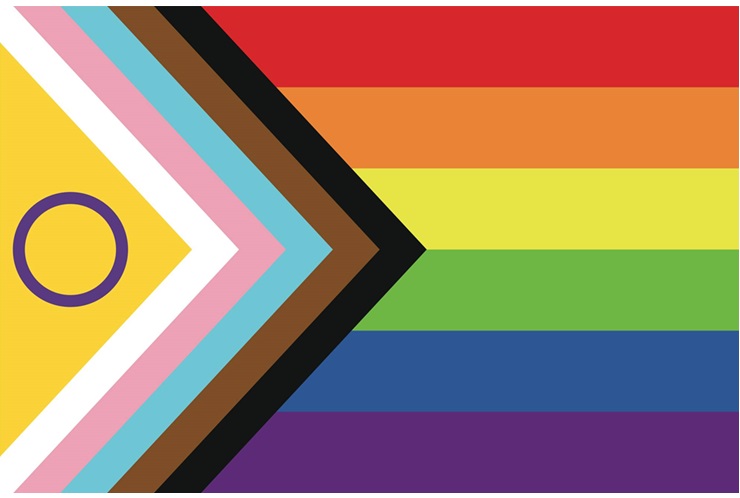
Fly the flag...
2. Post a video of the band playing something by a LGBTQIA+ composer, or an arrangement by an LGBTQIA+ composer.
Add to this by including information about their life and highlight any challenges they may have faced by being part of the LGBTQIA+ community.
3. Hold interviews with LGBTQIA+ members asking them about their experiences of being part of your banding organisation and put together a short video or text-based social media post.
Let them share their experiences good or bad (we can’t pretend the bad doesn’t happen), how the movement has changed or how far it still might have to go.
Find out more about how they feel other band members can be good allies, and what they would like them to do in situations where members of the LGBTQIA+ are being targeted.
Find out more about how they feel other band members can be good allies, and what they would like them to do in situations where members of the LGBTQIA+ are being targeted.
4. Choose a book or publication by an LGBTQIA+ author, ask band members to give it a whirl and then do a post summarising the book with reflections about what has been highlighted and learnt.
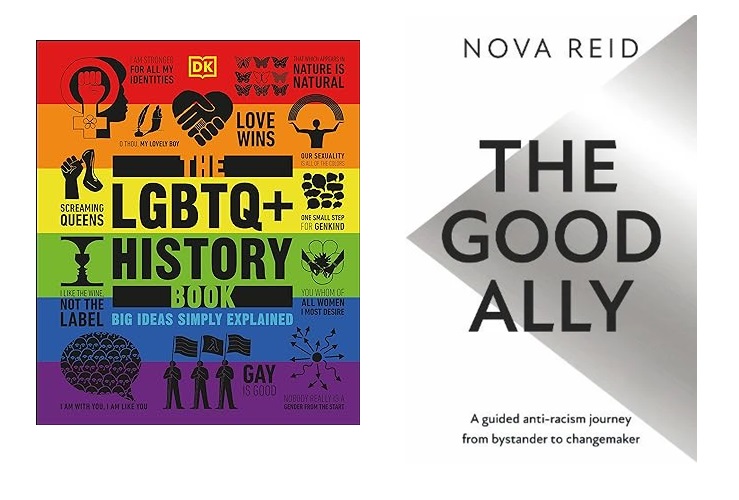
A good read
And there are plenty to choose from:
Some ideas:
The LGBTQ+ History Book: Big Ideas Simply Explained
https://www.gaystheword.co.uk/product-page/the-lgbtq-history-book-big-ideas-simply-explained-by-dk
Queer Up: An Uplifting Guide to LGBTQ+ Love, Life and Mental Health
https://www.queerlit.co.uk/products/queer-up?_pos=1&_psq=queer+up&_ss=e&_v=1.0
A Trans Man Walks Into a Gay Bar: A Journey of Self Discovery
https://www.queerlit.co.uk/products/a-trans-man-walks-into-a-gay-bar?_pos=1&_psq=a+trans+man+walks+into+a+g&_ss=e&_v=1.0
A Little Gay History of Wales by Daryl Leeworthy
https://www.waterstones.com/book/a-little-gay-history-of-wales/daryl-leeworthy/9781786834805
The Good Ally by Nova Reid
https://www.waterstones.com/book/the-good-ally/nova-reid/9780008439521
5. Posts about Pride’s history, LGBTQIA+ composers and their works.
Include educational statistics:
60% of LGBTQIA+ 13-24 year olds experience discrimination due to sexual orientations or gender identity.
64 jurisdictions criminalise private, consensual, same-sex sexual activity, almost half of them are Commonwealth jurisdictions: 12 impose the death penalty. 1.5 million people in the UK identify as part of the LGBTQIA+, this is more than the population of Birmingham, the UK’s second largest city.
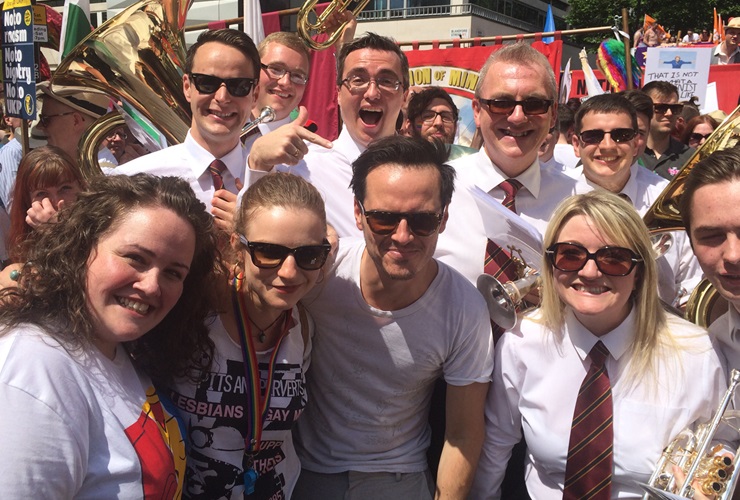
Tredegar Band took part in London Pride in 2015 with a few well known friends...
6. Arrange for an external trainer to come in and talk to the band about unconscious bias or LGBTQIA+ awareness.
Make educational pamphlets about LGBTQIA+ issues (trans rights, pronouns, etc) available in the band room
For example: Amnesty International: Gender Identity For Beginners – A Pocket Guide for Trans Allies.
https://www.amnesty.org.uk/resources/gender-identity-beginners-pocket-guide-trans-allies
7. Highlight aggregator resources:
For example: Independent Society of Musicians: LGBTQIA+ in music - Independent Society of Musicians (ism.org)
https://www.ism.org/lgbtqia-in-music/
8. Share posts from other accounts about Pride, its history, events, LGBTQIA+ voices and what’s being done to work towards meaningful change.
For example: Pink News called Homophobic abuse victim shares vital advice for London public transport.
https://www.thepinknews.com/2024/05/30/tfl-hate-crime-what-to-do-where-to-report/
9. Share articles with brief summaries about issues faced by the LGBTQIA+ community in music spaces
For example: Tuning into Identity: Music's Role in LGBTQIA+ Self-Exploration | Youth Music
https://youthmusic.org.uk/musics-role-lgbtqia-self-exploration
10. Programme works or arrangements by LGBTQIA+ composers.
Partner with an LGBTQIA+ charity, hold a concert and split the proceeds.
See if your local Pride march needs a band to lead it.
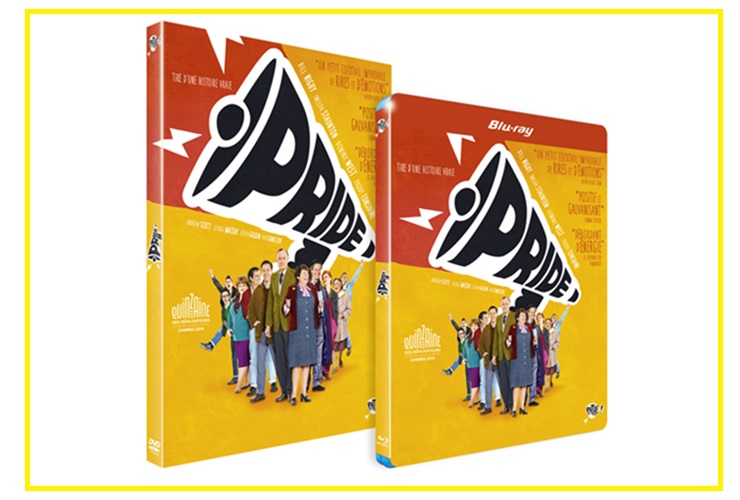
11. Host a viewing of the film ‘Pride’ in your bandroom (which features music provided by Tredegar Band on it), charge a small ticket price that include refreshments and donate the proceeds to an LGBTQIA+ charity.
Hold a concert featuring a LGBTQIA+ choir or hold an event and donate the money to a LGBTQIA+ choir charity.
12. Donate to an LGBTQIA+ charity, either as a one off or set up an annual donation.
National charities include:
Galop – an LGBTQIA+ anti-violence charity
https://galop.org.uk/
LGBT Foundation – offering various services and support around health and wellbeing Hidayah LGBTQI+ - provide support and advice to LGBTQIA+ Muslims
https://lgbt.foundation/
https://hidayahlgbt.com/
There will also be several local charities too.
It's wonderful that bands want to show the community support, but support is an action word.
Changing your profile picture or making a post saying that you support the LGBTQIA+ community should be the start of your Pride journey, not the end of it.
Emily Peart
Author:
Emily Peart is quite literally alive thanks to brass bands and the Bedlington Miners Gala, where her parents met in the early 90s.
With a trombonist Mother and a (at the time) tenor horn playing father, it was practically inevitable when she was started on her dad’s tenor horn at age seven.
After a trial on nearly every other instrument used in a brass band, Emily finally settled on Eb bass aged twelve.
Ellington Colliery Brass Band, based in Northumberland, was her banding home for many years before she moved away for university and joined Soundhouse Brass (soon to be Plymouth City Brass).




